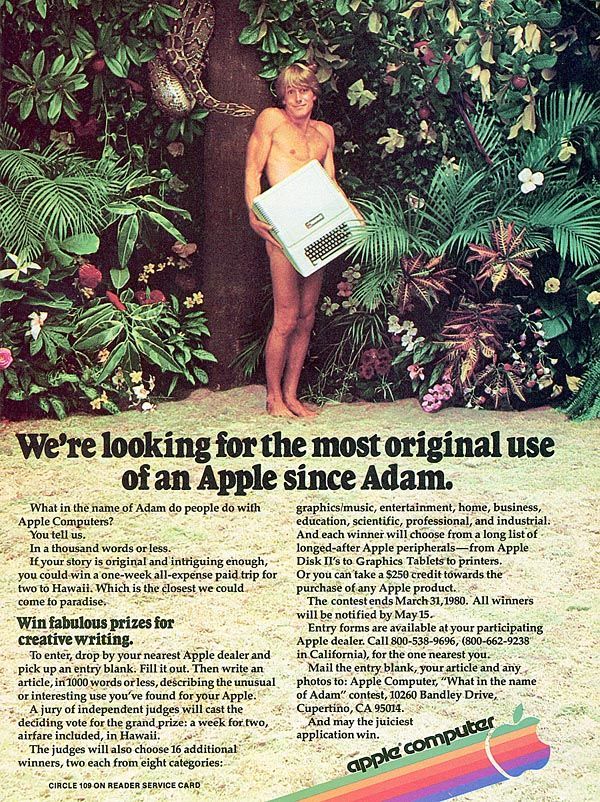But by using familiar form, TiVo mad people more comfortable adopting radical innovation, By hiding the technology in something that looked visually familiar, TiVo used similarity to make difference feel more palatable.
Many digital actions today visually evoke their analog ancestors. We click on the icon of a floppy disk to save documents and drag digital files to be thrown away in what looks like a waste bin. Visual similarity also shows up offline. High-end care often use fake wood grain on the dashboard and veggie burgers often have grill marks. All make the different seem more similar.
The opposite also holds. Design can be used to make incremental innovations feel more novel. When Apple introduced the iMac in 1998, it featured only minor technological improvements. But from a visual standpoint it was radically different. Rather than the same old black or grey box, the iMac was shaped like a gum drop and came in colors like tangerine or strawberry. The device was hugely successful, and design, rather than technology, created the needed sense of difference that encouraged people to purchase.
Excerpt from: Invisible Influence: The Hidden Forces That Shape Behavior by Jonah Berger











